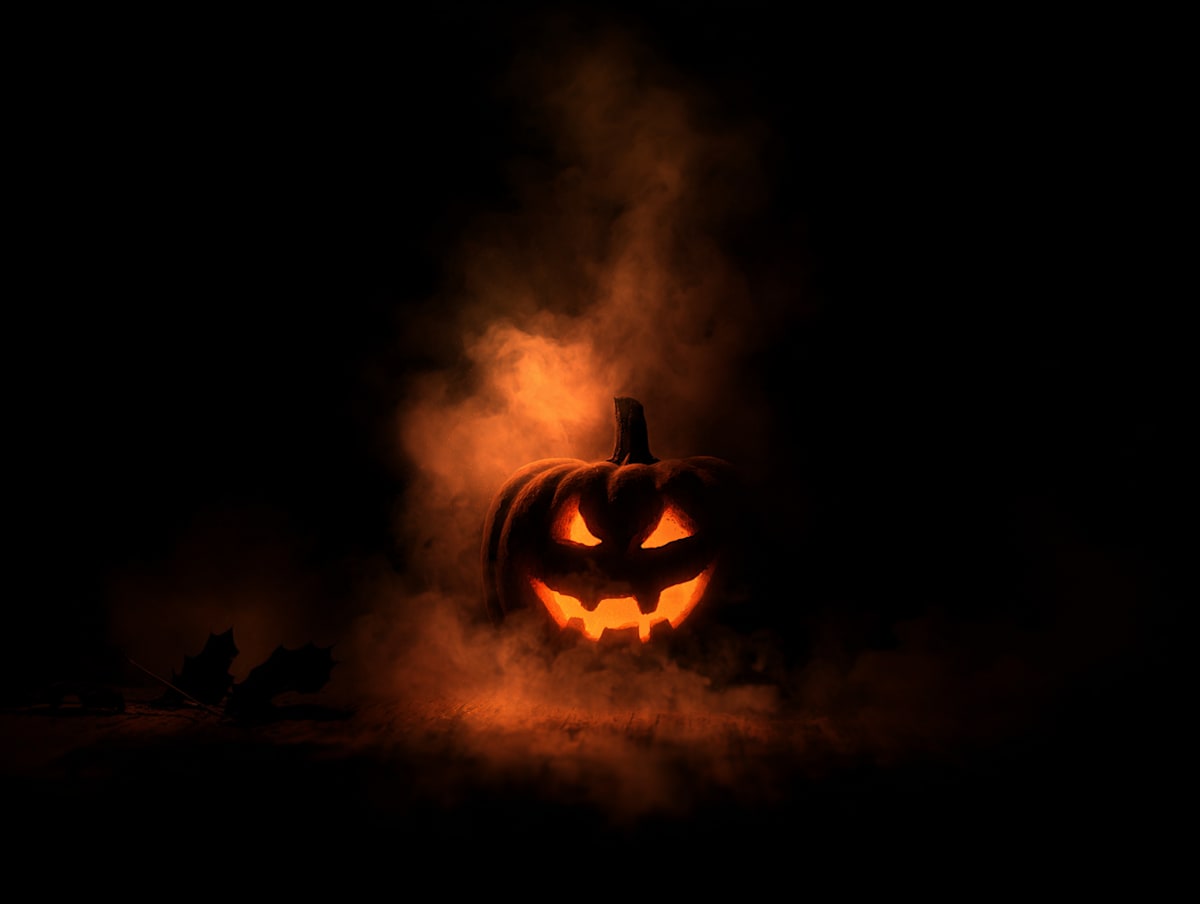Before plastic pumpkins and fun-sized candy bars, Halloween was less about sugar rushes and more about surviving the night when the veil thinned. The old Celts didn’t throw costume parties for fun—they dressed to confuse spirits that roamed the countryside. Every modern decoration, ritual, and sugar-coated indulgence has roots sunk deep into the dark soil of folklore. Let’s lift the mask and peer at where these traditions really come from.
Jack-o’-Lanterns: The Face of Fear
Long before pumpkins became the seasonal mascots of every coffee shop, the Irish carved turnips. Why? A trickster named Stingy Jack supposedly fooled the devil, only to be cursed to wander the world with a hollowed-out vegetable lantern glowing from a coal. People began carving grotesque faces into turnips and placing them outside their doors to keep wandering spirits away.
When Irish immigrants brought the custom to America, pumpkins—with their wide, carving-friendly bodies—took over the job.
Dark fantasy spin: imagine each lantern less as décor and more as a ward, glowing against restless shades.
Costumes: Disguises for the Living
At Samhain, disguises weren’t cute—they were survival. The idea was simple: if spirits walked among the living, better to throw on an animal skin, smear your face with ash, and hope they passed you by. Later, medieval Europeans adapted this into “mumming” or “guising,” where villagers dressed up and went door to door, often performing in exchange for food or drink.
Today, we buy plastic vampire teeth, but the bones of the tradition whisper of protection rituals.
Trick-or-Treating: Bargains with the Dead
Modern trick-or-treating looks like innocent fun, but its ancestors were darker. In medieval England, the poor (often children) went “souling”—knocking on doors and offering prayers for the household’s departed in exchange for food or coins. Each offering was a bargain: a prayer for the living’s generosity.
By the 20th century in America, this transformed into candy runs, partly thanks to candy companies marketing the tradition. Yet the shadow of the old bargain remains. Imagine if those “treats” really did keep something dangerous at bay. Miss a house? Perhaps the dead come calling.
Bonfires and the Thinning of the Veil
The heart of Samhain was the bonfire. Flames blazed in the night to drive off spirits and mark the season’s change. People believed October 31st was a liminal night, when the veil between worlds thinned—when the dead could walk and omens revealed themselves in flame and smoke.
Modern bonfires are more about hot cider and marshmallows, but their bones are still ancient. When you look into the firelight, you’re staring at a practice meant to guard the living and commune with the beyond.
As my characters often learn: the sea, like the veil, never forgets its debts.
Closing
So the next time you light a pumpkin, pull on a mask, or hand candy to a trick-or-treater, remember: you’re keeping alive a tradition born of fear, fire, and folklore. Halloween isn’t just spooky fun—it’s the echo of ancient bargains with the dark. And sometimes, in fantasy (and perhaps in life), those bargains are still being kept.
Which tradition do you think would make the best centerpiece for a dark fantasy novel? Tell me in the comments—I might just weave it into a tale.
References
Bane, T. (2013). Encyclopedia of fairies in world folklore and mythology. McFarland.
Daniels, P. (2003). Halloween: From pagan ritual to party night. Oxford University Press.
Hutton, R. (1996). The stations of the sun: A history of the ritual year in Britain. Oxford University Press.
Santino, J. (1994). Halloween and other festivals of death and life. University of Tennessee Press.
